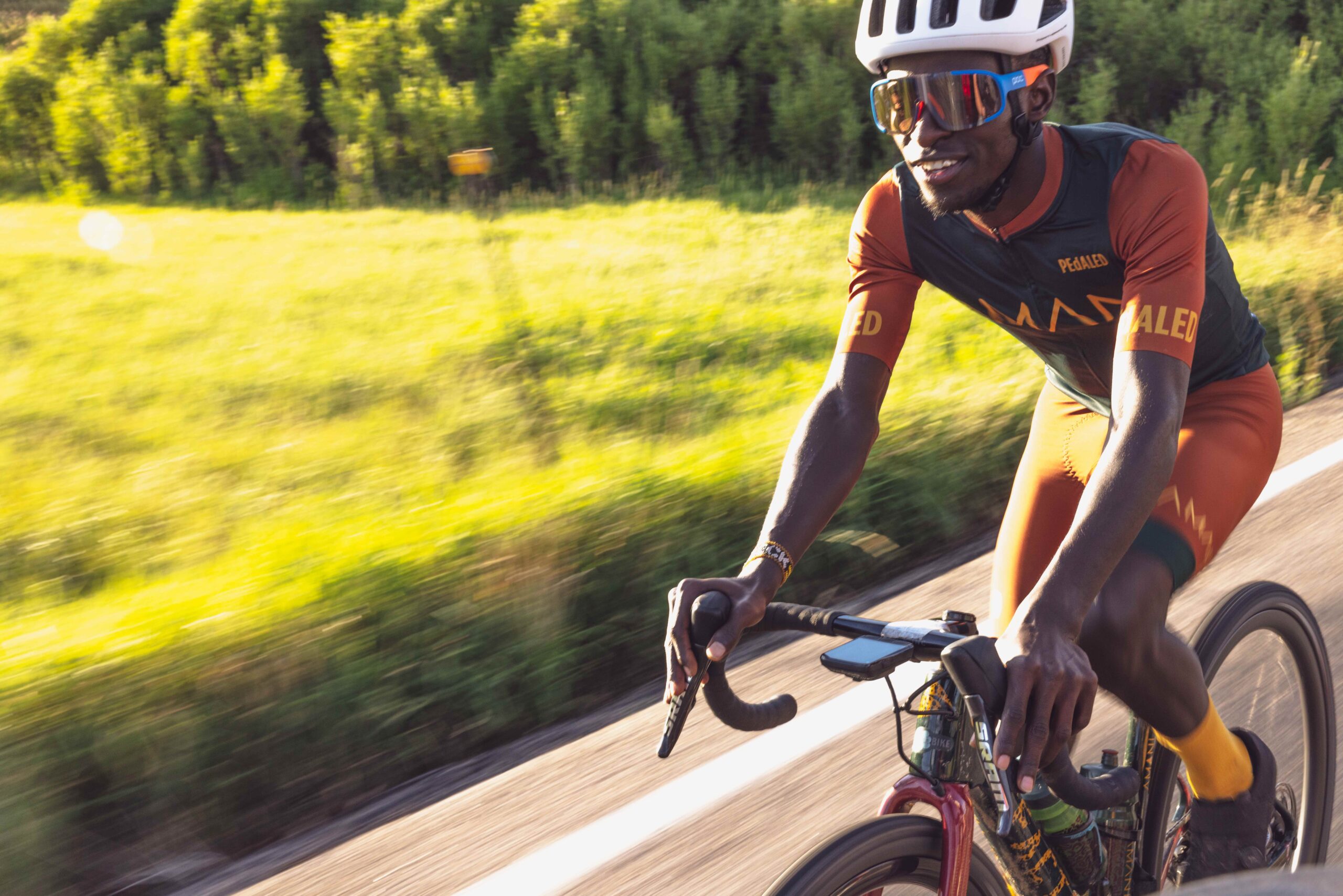The SYSTM Training App will now be able to support both indoor and outdoor workouts. What does this mean as a user? You can now select a training plan or workout from the app, add it to your calendar, and sync it with your bike computer for both indoor and outdoor training sessions.
The key to having a successful outdoor workout is understanding how to decode and read the descriptions. When you click on a given outdoor workout on your training calendar in The Wahoo SYSTM Training App you will see a detailed breakdown of the session. Each workout is broken up into 4 Parts.
Warm-Up
This describes the riding that should be done to get your legs and lungs ready for the efforts ahead. While much of a warm-up should be easier spinning, most warm-ups also include a series of harder efforts. Don’t skip your warm-up, the warm-up is crucial for getting your system ready for the workout ahead. It primes your musculoskeletal and cardiovascular system for efforts to come.
Main Efforts
This is the “work” of the workout. The main effort description will include:
Interval – Made up of segments that are meant to be ridden at designated power, heart rate, and/ or cadence. Sometimes there is a single segment for the interval, sometimes there are multiple segments for an interval. To complete a single set, you simply repeat the Interval Segments
Number of Sets – The number of times you go through a full “set” of intervals. Not all workouts contain multiple sets, and there will always be recovery between sets.
Rest Between Sets – This describes the riding that should be done between completed Sets.
Interval Repeats per Set – The number of times you repeat an interval to complete 1 Set. Some Sets contain a single Interval, while other Sets can contain more than 6.
Here is what a description for Main Efforts might look like:
4 sets:
[4 repeats per set
30 sec @RPE 8,5 — 90% of MAP (105-130% of FTP)
2 minutes 30 seconds @RPE 7 — 90% of FTP]
Rest Between Sets
10 minutes @RPE 2 — 45% of FTP
*RPE stands for Rate of Perceived Exertion. It is measured on a scale between 1-10 with ten being an all-out effort.
If we translate that into non-coach speak: 30 seconds hard, 2 and a half minutes just below your FTP then repeat that 3 more times, spin easy for 10 minutes. You will repeat this cycle a total of four times.
Extra Volume
This describes the riding that should be done after all sets are completed. If a workout does not contain any Extra Volume, then you will see “N/A” here.
Cool Down
This describes the riding that should be done after all sets and extra volume (if applicable) are completed. A proper cool-down is a must, especially for some of the harder sessions. Do not neglect this part of the ride!
Each section of the workout is divided into a number of segments of specific duration and intensity. The description of each workout “segment” will include the following information:
Duration
Target RPE
Target Power (expressed as a % of one of the 4DP metrics)
Target Heart Rate (expressed as a % of your LTHR as determined by Full Frontal).
For example, a 20-minute long effort, with a target RPE of 2, target power at 45% of your FTP, and target Heart Rate that is less than 70% of your LTHR would be written as:
20 minutes @ RPE 2 — 45% of FTP — HR <70%
Some outdoor sessions also have a corresponding NoVid workout in the SYSTM Training App.
Why are the power targets in the app different from the outdoor version?
For the outdoor ride, the goal is a higher average power (90% FTP), but if you are riding indoors it should be adjusted down to around 80%.
There is a common myth that a person’s outdoor power is always higher than their indoor power. After countless hours of testing, retesting, and testing again; Wahoo Sports Science (WSS) has proven this is not always true. There are many reasons why a person’s individual power will vary indoors and outdoors. These reasons include the terrain outside, the kind of trainer you use for indoor rides, weather, motivation, bike position, etc.
Take for example someone who mainly rides indoors on a trainer, getting out onto the road will feel much more foreign to them to put down a heavy effort as compared to the comfort they have with riding at a hard effort indoors. Things like their concentration (ie: not having to worry about traffic, road conditions, etc.) affect how they may ride outside.
In the SYSTM Training App, users will see that the outdoor FTP targets are broken into broader zone ranges. These ranges are based on data collected through multiple trials of cyclists performing both indoor Full Frontal tests, and then also performing an outdoor Full Frontal power test. Results were compared and the average differences were taken.
Take for example performing a typical indoor session like The Rookie which has variable surges throughout. These are not continuous surges for the same duration, some surges are 10 seconds, while others may be 8 seconds. The outdoor session for this is effectively 3×10 minutes with surges at the end of each effort. Your head unit will show you a target range for each of the efforts. While at first, you may be wondering why the ranges. WSS based the ranges on the historical data with indoor vs outdoor power differences, these averages were taken into account to encompass the difference. With workouts like The Rookie, it is impossible to make very small, precise targets due to the variability of riding outdoors.
Structured training does not end when you take your riding outdoors.




